6 Signs That Your Furnace Needs a Replacement
Discovering that your furnace is on its last legs can be a daunting revelation, especially during the chilly months. While regular maintenance can extend the life of your furnace, there comes a time when furnace replacement is inevitable. In this article, we will explore X signs that indicate your furnace may need a replacement and what you can do about it. By understanding these warning signs, homeowners can avoid unexpected breakdowns and large repair bills, ensuring that their heating needs are consistently met. Let's delve into the most common indicators that suggest it's time for a new furnace replacement.
1. Age of the Furnace
The age of a furnace is a crucial factor in determining its efficiency and reliability. In our experience, most furnaces have an average lifespan of 15 to 20 years, depending on usage and maintenance. As they age, furnaces tend to become less efficient, leading to increased energy consumption and frequent breakdowns. Newer models come with updated features that improve energy efficiency and performance, making life easier and more comfortable for homeowners. Assessing the age of your furnace can be the first step in deciding whether a furnace replacement is necessary.
Advancements in furnace technology have made modern units much more efficient than their older counterparts. Today’s models often come with features like variable-speed blowers and advanced air filtration, providing better indoor air quality and comfort. Additionally, modern furnaces operate quieter than older models and are designed to reduce energy consumption. Upgrading to a newer furnace can lead to substantial cost savings in terms of energy bills and fewer repairs. Additionally, new systems often come with higher safety standards and better warranties, offering peace of mind to homeowners who may have concerns about safety. Furnace replacement can provide all of these benefits, making it a wise investment.
2. Frequent Repairs
Experiencing frequent furnace repairs can be a signal that your heating system is becoming unreliable. Over time, the cost of repairing an old, inefficient furnace may begin to add up. Significant expenditures each heating season can indicate that replacing the furnace may be a more cost-effective choice. According to HomeGuide, replacing or installing a new furnace typically takes between four and 18 hours, depending on factors like fuel type, size, and the complexity of the job. Homeowners should not only consider the cost of parts and labor but also the potential for future repair needs. Analyzing repair cost trends can help you identify when it's time for a furnace replacement.
Recurrent issues should not be ignored, as they often indicate underlying deterioration in the furnace’s core components. For instance, continual problems with pilot lights, thermostats, or heat exchangers can suggest the furnace is nearing its end. As these issues become more frequent, the likelihood of unexpected breakdowns during cold winter months increases. To avoid the inconvenience and cost of emergency repairs, a preemptive furnace replacement may be advisable. The potential for costly repairs that would require replacing major furnace components can be significant, making replacement a more financially sound option.
3. Uneven Heating
One of the early signs of a failing furnace is experiencing uneven heating throughout your home. Cold and hot spots within different rooms can arise when a furnace struggles to distribute air effectively. Uneven heating often compels homeowners to rely on space heaters, leading to increased energy usage and potentially unsafe conditions. This inconsistency in temperature can be attributed to issues like duct leaks, airflow problems, or failing components within the furnace.
Continuous strain on a furnace due to mechanical fatigue or component wear can lead to malfunctions and contribute to uneven heating. Persistent issues may point towards more severe underlying problems within the furnace, warranting a replacement. Balancing airflow through professional inspection and maintenance can sometimes resolve minor inefficiencies. However, if uneven heating persists, it’s likely a sign that a new furnace replacement is needed to ensure even temperature distribution. In many cases, uneven heating results from a failing heat exchanger or blower motor, which is costly to repair and might be an indicator that the furnace’s lifespan is ending.
4. Increased Energy Bills
A noticeable spike in energy bills is often one of the telltale signs of a failing furnace. By analyzing energy consumption patterns, homeowners can identify whether their furnace is the primary culprit behind high utility costs. As furnaces age, they tend to lose efficiency, consuming more energy while providing less heat. Monitoring energy bills month-over-month can help detect unusual patterns that may indicate the system is in need of replacement. Identifying these trends early can prevent further financial burden due to inefficient heating.
Unusual spikes in energy bills can occur due to restricted airflow or suboptimal function of heating components. Older furnaces might require more energy due to reduced functionality or subpar efficiency ratings. Outdated models may lack the energy-efficient technology found in newer units, such as variable-speed motors or enhanced insulation materials. Evaluating these factors through energy audits and assessments can pinpoint the cause behind rising energy costs. Addressing even minor energy inefficiency in your heating system can lead to substantial savings in the long term.
Replacement of an inefficient furnace often leads to significant reductions in energy usage and costs. Calculating energy savings through a detailed assessment of long-term expenditures can demonstrate the value of investing in a greener, more efficient furnace. Energy-efficient models are designed not only to reduce utility bills but also minimize the carbon footprint of a household. The increased efficiency of modern furnaces can be seen in the form of lower utility bills year-round, with the added benefit of helping the environment through reduced emissions and waste. Furnace replacement is a win-win for both your wallet and the planet.
5. Strange Noises
Strange noises coming from a furnace can often signal impending mechanical failure. While some sounds are indicative of normal operation, others can highlight serious issues within the unit. Homeowners should be vigilant in noticing any unusual sounds such as banging, rattling, or squeaking, as they may suggest worn-out components. Any consistent noise deviations warrant a closer inspection to ascertain the root cause, whether it's in the ductwork or the furnace itself. Addressing these noises promptly can prevent further damage and the need for costly repairs.
6. Poor Indoor Air Quality
Poor indoor air quality can be directly affected by an old or malfunctioning furnace. Signs such as increased dust, unpleasant odors, or visible airborne particles can indicate decreased air quality. Furnaces with outdated filtration systems may spread contaminants throughout the home, affecting health and comfort. Over time, these issues can exacerbate respiratory symptoms and allergies, leading to discomfort among occupants. Maintaining a healthy indoor environment requires regular assessment of air quality and the functionality of the furnace’s air filtration systems.
The connection between furnace performance and air quality is often overlooked, yet it plays a critical role in household well-being. As furnaces age, their ability to filter and distribute clean air diminishes, making air quality suffer. Secondary signs such as excess humidity or mold growth can spring from neglected furnace maintenance or outdated systems. Evaluating the condition of your furnace and its impact on air quality is important for maintaining a safe and comfortable living environment. Awareness of how furnace efficiency ties into air quality can empower homeowners to make informed maintenance and replacement decisions.
Being proactive about furnace problems can save you money and ensure your comfort during the cold months. Recognizing the signs of a failing furnace is the first step towards ensuring a warm and cozy home. If you’re noticing any of the issues mentioned, it may be time to consider a furnace replacement. Prioritize safety and efficiency with a new system, and enjoy peace of mind that your home heating needs are covered. The transition to a newer, more efficient furnace not only ensures consistent heating but also contributes positively to overall energy savings and environmental considerations. Replacing your old furnace with a more reliable model can be one of the best decisions for your home’s comfort and your long-term savings. Contact Mike Bryant Heating & Cooling today.
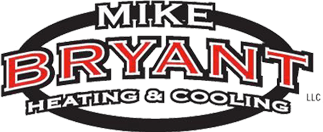
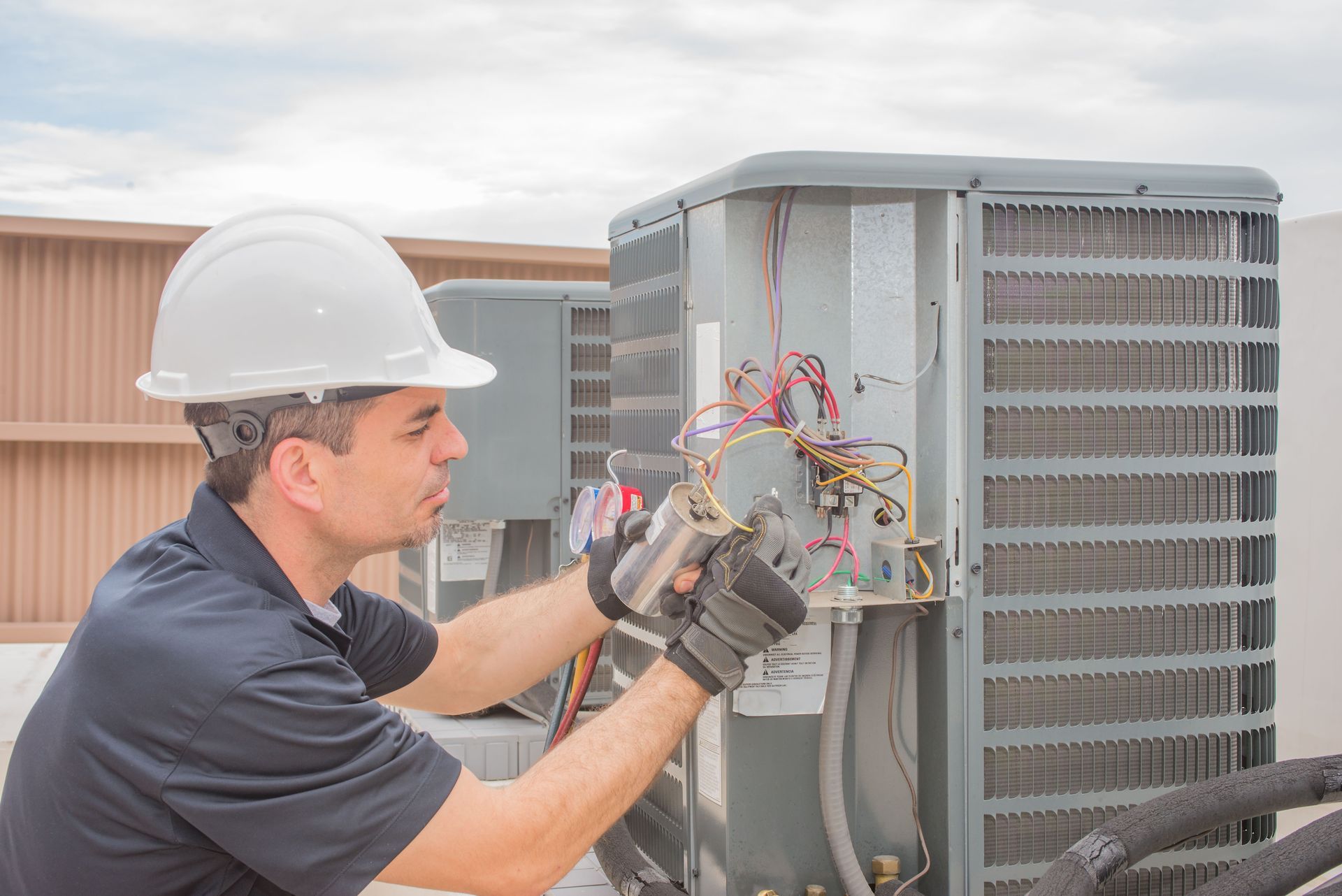

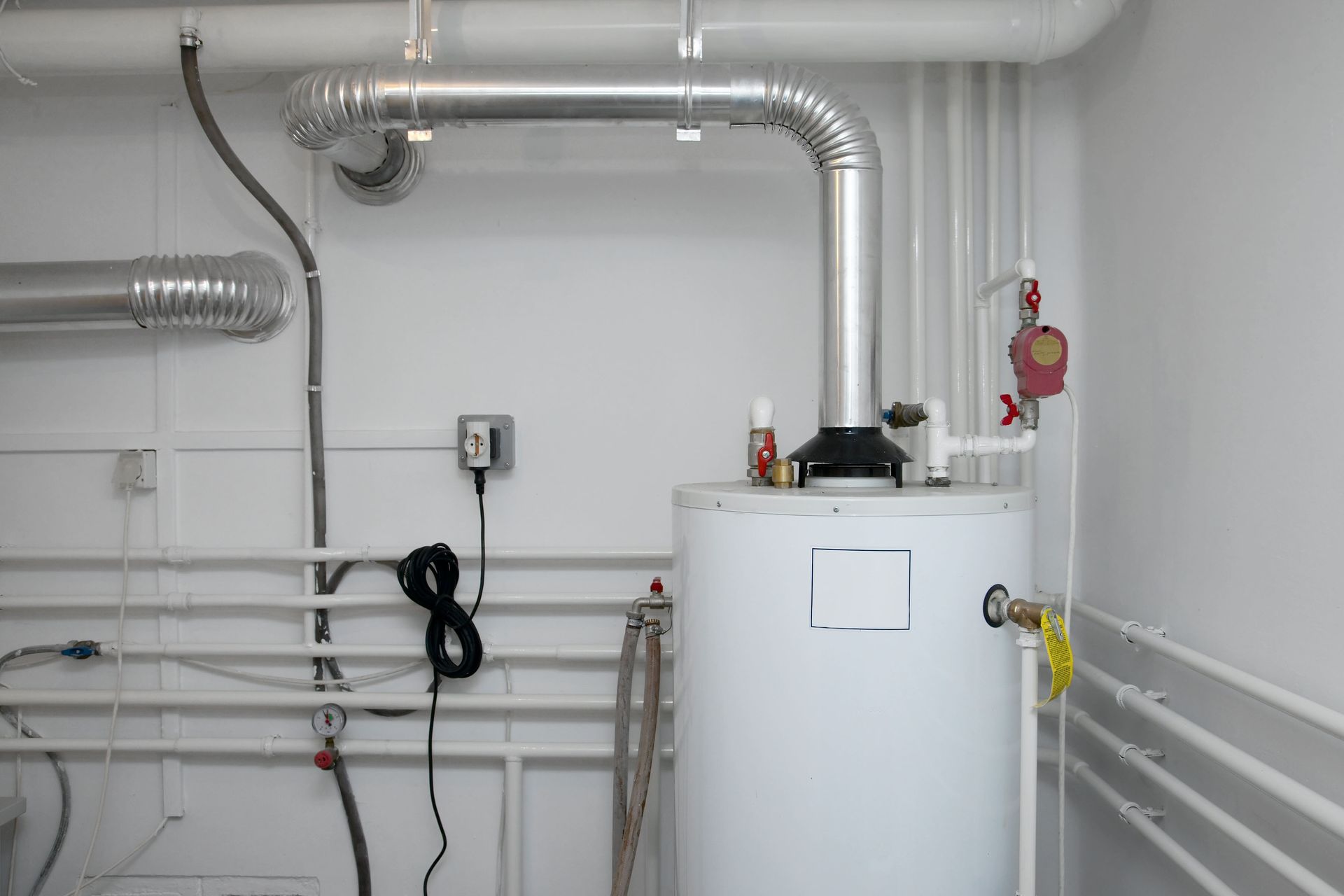
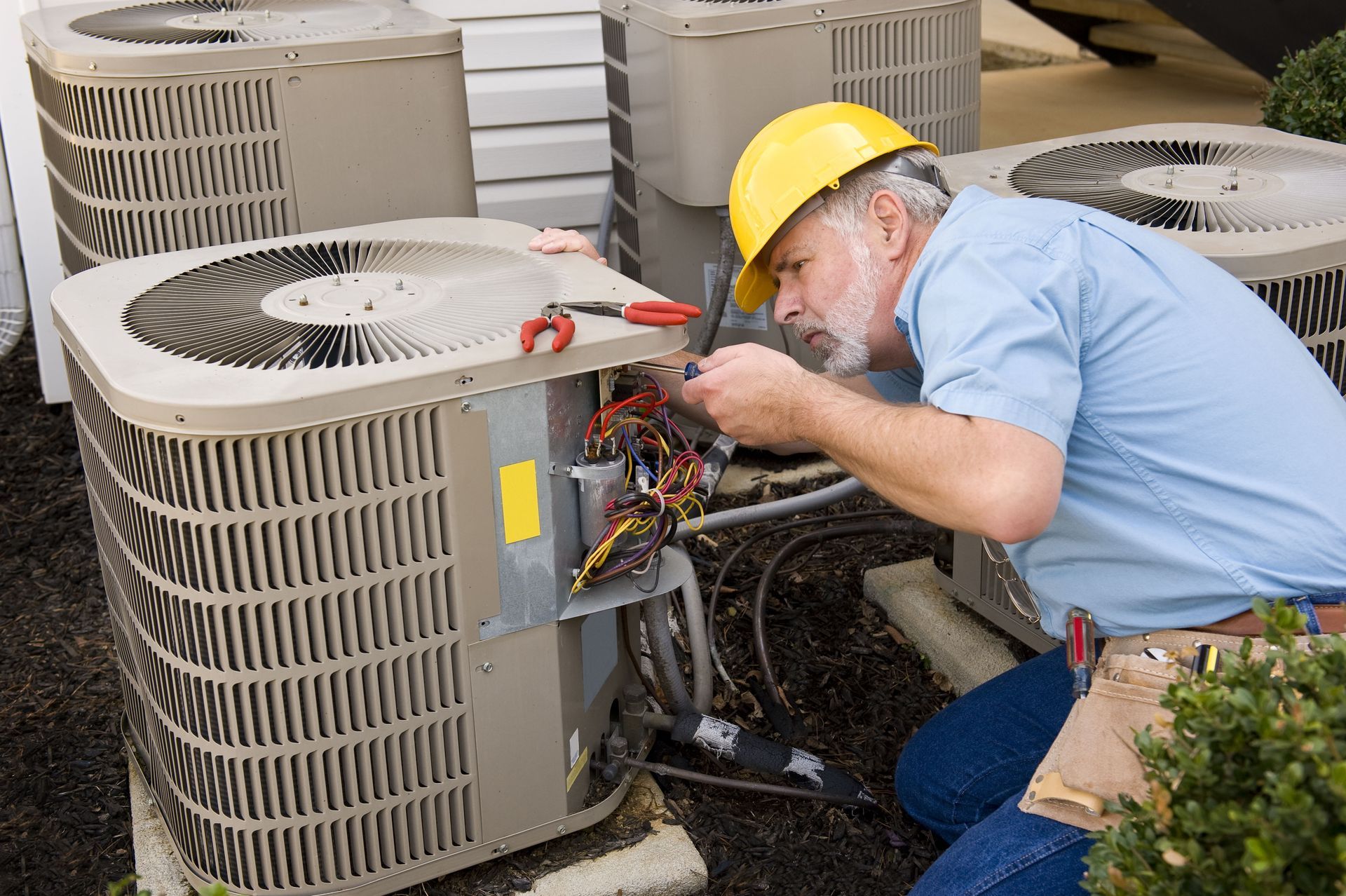
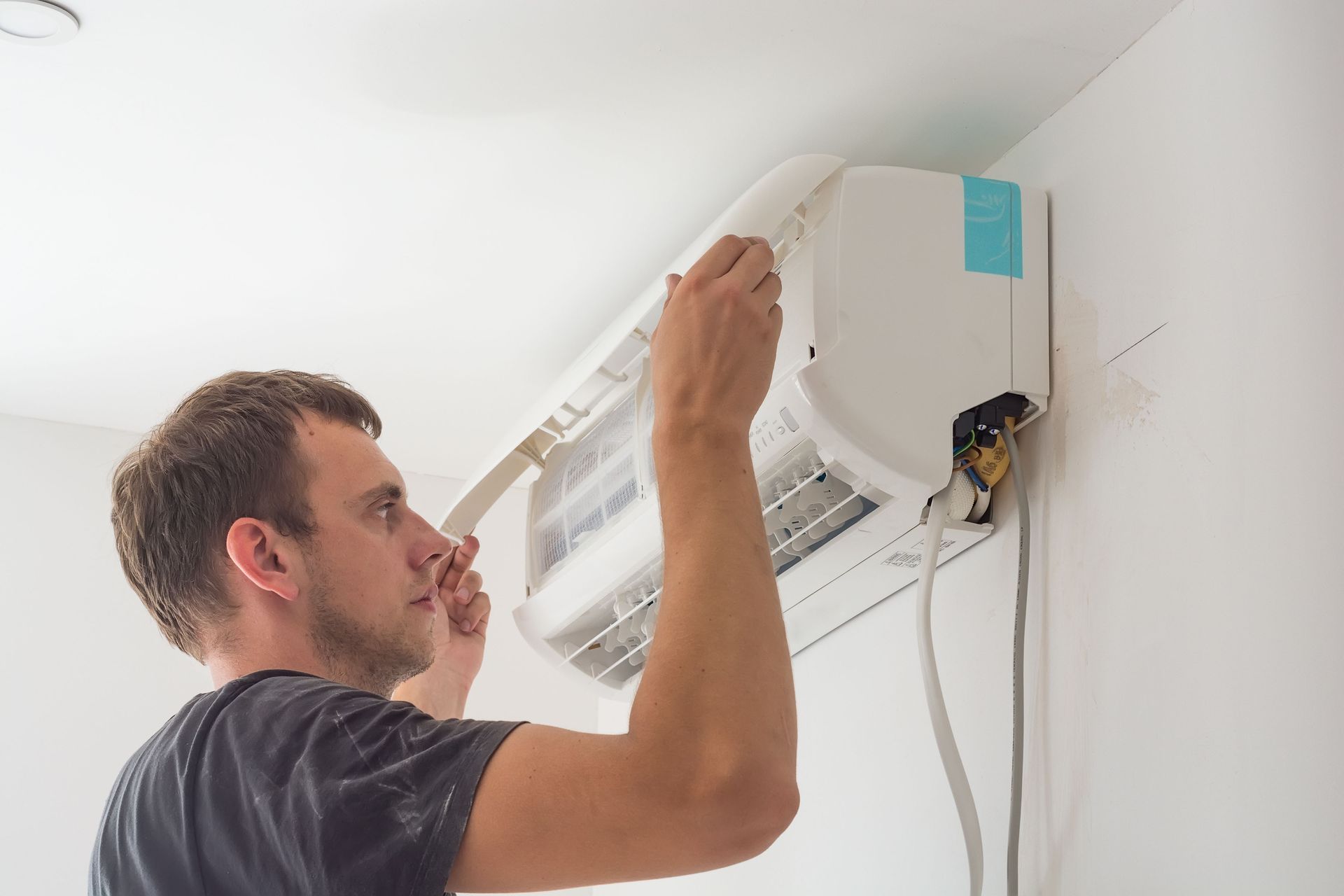
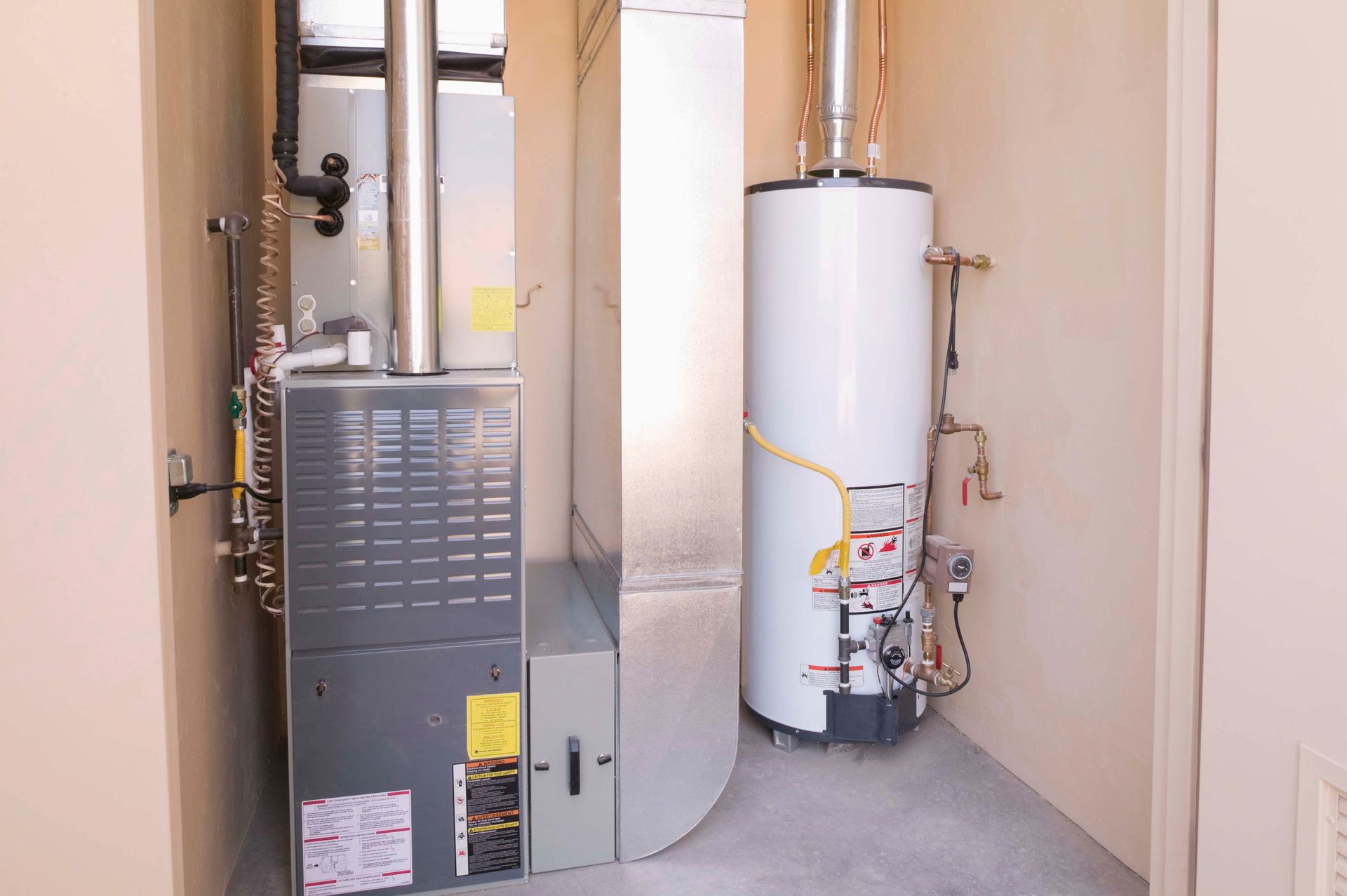
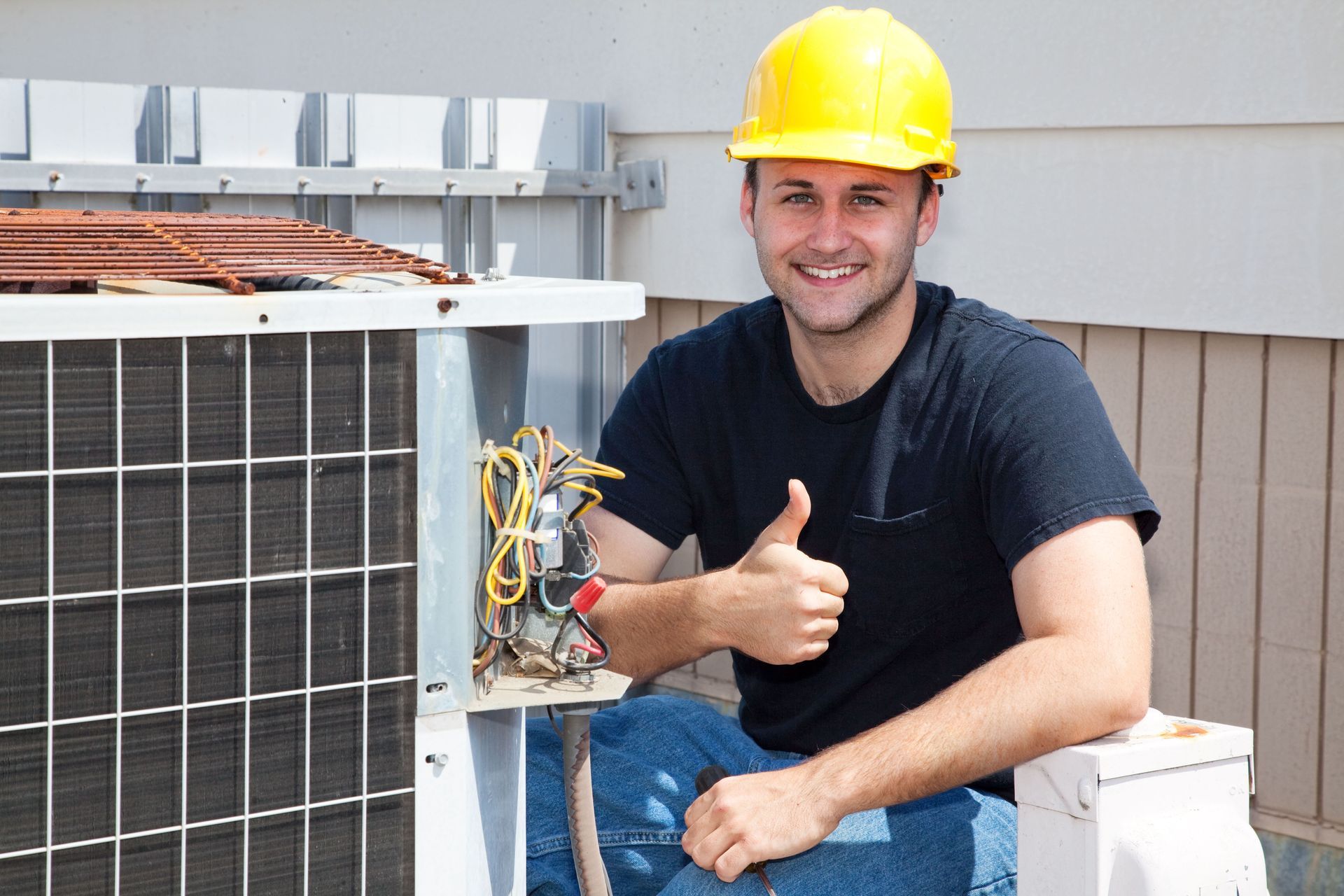
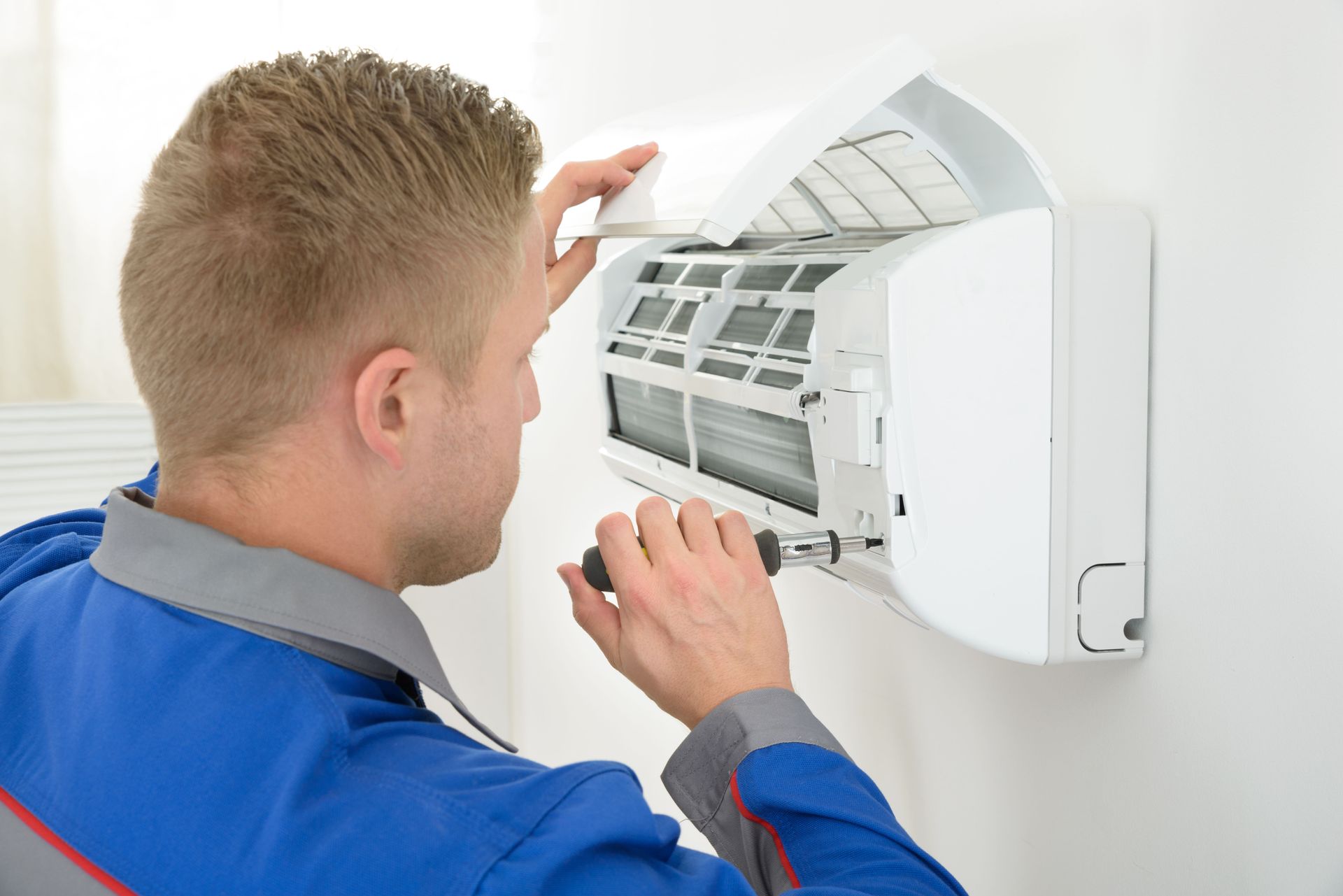

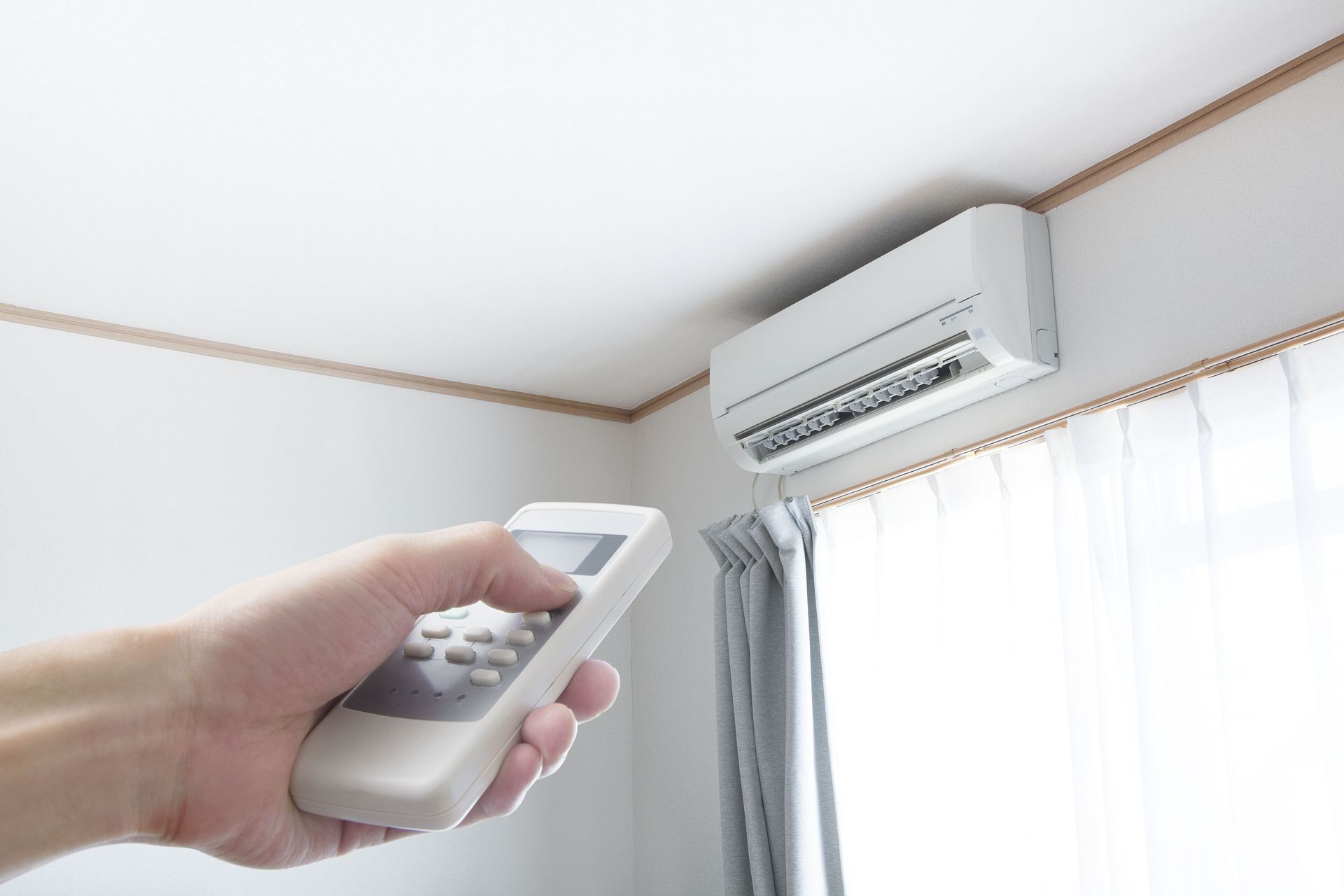
Share On: